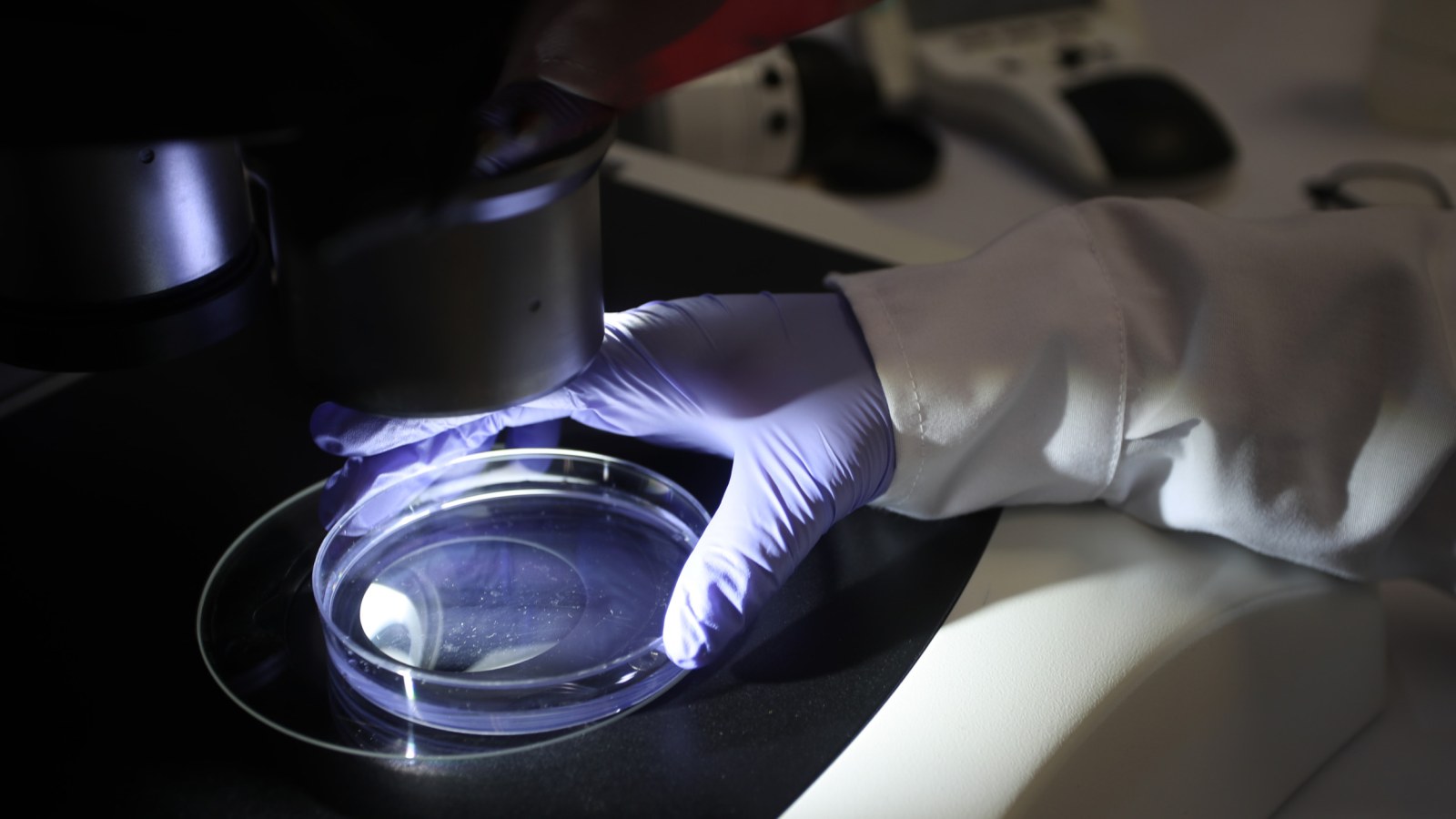By Alex Harrington
Copyright newsweek

A California outfit has used artificial intelligence to design viral genomes before they were then built and tested in a laboratory. Following this, bacteria was then successfully infected with a number of these AI-created viruses, proving that generative models can create functional genetics.”The first generative design of complete genomes.”That’s what researchers at Stanford University and the Arc Institute in Palo Alto called the results of these experiments. A biologist at NYU Langone Health, Jef Boeke, celebrated the experiment as a substantial step towards AI-designed lifeforms, according to MIT Technology Review.”They saw viruses with new genes, with truncated genes, and even different gene orders and arrangements,” Boeke said.What They BuiltThey team created 302 full genomes, outlined by their AI, Evo – a LLM similar to that of ChatGPT – and introduced them to E. coli test systems. 16 of these designs created successful bacteriophages which were able to replicate and kill the bacteria.Brian Hie, who leads the Arc Institute lab, reflected on the moment the plates revealed clearings where bacteria had died. “That was pretty striking, just actually seeing, like, this AI-generated sphere,” said Hie.How the designs were generatedThe team targeted bacteriophage phiX174, a minimal DNA phage with approximately 5,000 bases across 11 genes. Around 2 million bacteriophage were used to train the AI model, allowing it to understand the patterns in their makeup and gene order. It then proposed new, complete genomes.Why it mattersJ. Craig Venter helped create the cells with these synthetic genomes. He saw the approach as being “just a faster version of trial-and-error experiments.””We did the manual AI version – combing through the literature, taking what was known,” he explained.Speed is the appeal here. The prediction from the AI on the protein structure could certainly speed up the processes within drug and biotechnical development. The results could then be used to fight bacterial infections in, for example, farming or even gene therapy.Samuel King, a student who led the project, said: “There is definitely a lot of potential for this technology.”The team excluded human-infecting viruses from the AI’s training, but testing in this area could still be dangerous, warns Venter.”One area where I urge extreme caution is any viral enhancement research,, especially when it’s random so you don’t know what you are getting.”If someone did this with smallpox or anthrax, I would have grave concerns.”There are other issues with this idea. Moving to a ‘simple’ phage to something more complex such as bacteria – something that AI simply won’t be able to do at this point.”The complexity would rocket from staggering to … way way more than the number of subatomic particles in the universe,” Boeke said.Despite the challenges surrounding this test, it is an extremely impressive result – and something that could influence the future of genetic engineering.



